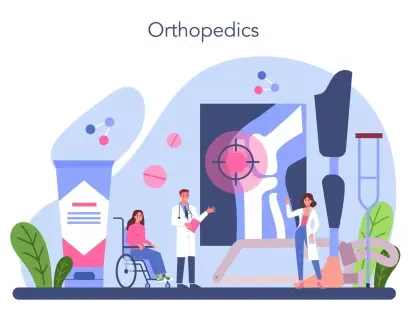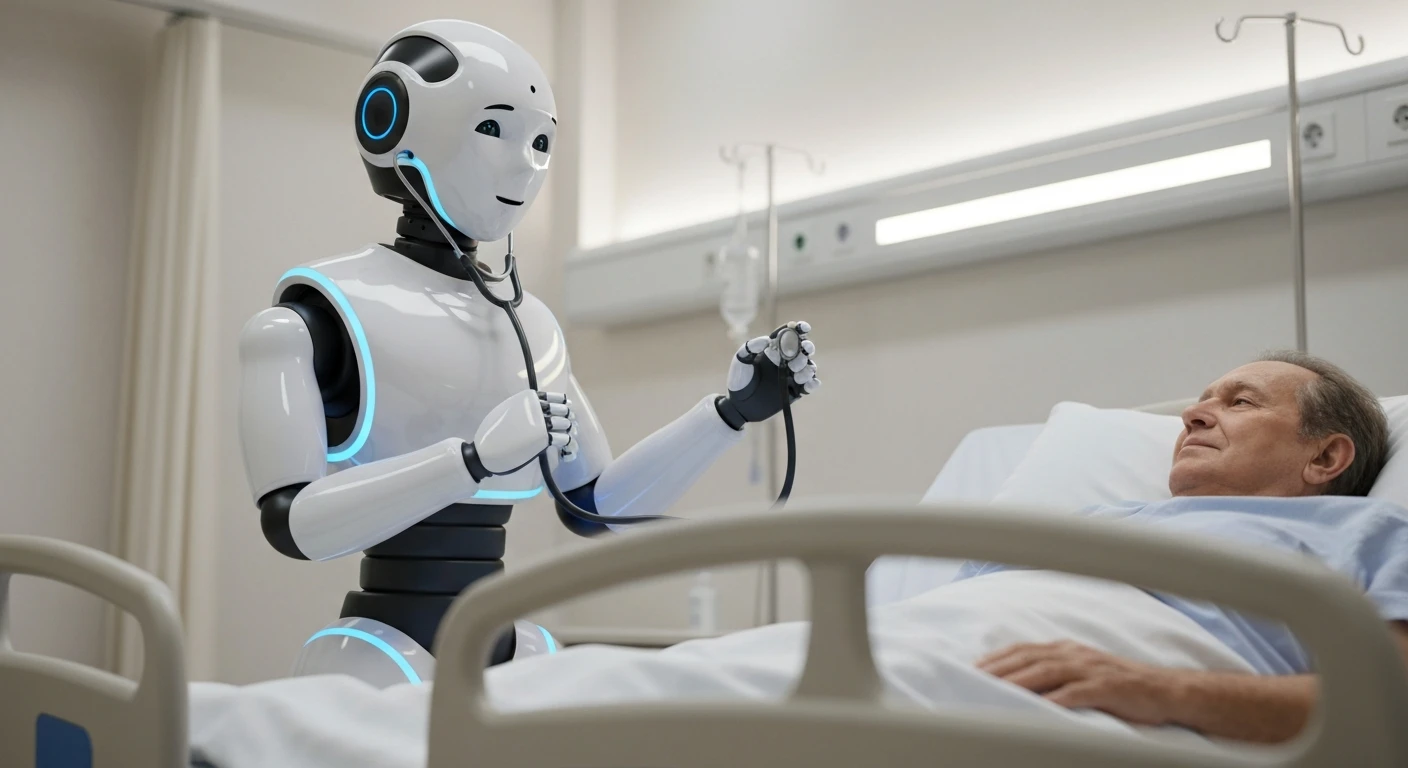Setting the Stage for AI in Healthcare
Hospitals worldwide face mounting pressure to deliver high-quality care amid rising patient volumes, constrained resources, and complex operational demands, while a staggering statistic reveals that preventable medical errors contribute to hundreds of thousands of deaths annually, underscoring the urgent need for smarter, more precise systems. Artificial Intelligence (AI) emerges as a game-changer in this landscape, promising to revolutionize how hospitals operate, diagnose, and engage with patients. This review delves into the transformative power of AI in hospital settings, exploring its core capabilities, real-world impacts, and the challenges that must be navigated to unlock its full potential.
The integration of AI into healthcare is not merely a trend but a fundamental shift driven by the need for efficiency and improved outcomes. With hospitals generating vast amounts of data daily—from patient records to equipment logs—AI offers tools to analyze and act on this information in real time. This review aims to provide a comprehensive look at how AI is reshaping clinical care, streamlining operations, and enhancing patient experiences, while also addressing the hurdles that temper its adoption.
Core Features and Applications of AI in Hospitals
Enhancing Clinical Precision with Predictive Tools
AI’s ability to process massive datasets stands as one of its most impactful features in hospital environments. Through machine learning and predictive analytics, AI enables earlier diagnoses by identifying patterns in radiology scans, lab results, and genomic data that might elude human observation. For instance, algorithms in emergency departments can flag high-risk patients for immediate intervention, while precision oncology tools assist in tailoring cancer treatments based on tumor subtypes.
Beyond diagnostics, AI supports personalized care by analyzing patient histories to recommend customized treatment plans. In regions like the UAE, leading institutions have adopted decision support systems that reduce clinical errors and improve outcomes. This capacity to anticipate and individualize care marks a shift from reactive to proactive healthcare models, fundamentally altering patient management.
Streamlining Operations and Patient Interaction
On the operational front, AI optimizes hospital workflows by tackling inefficiencies that plague complex systems. Predictive analytics forecasts patient admissions, enabling better scheduling, bed allocation, and discharge planning, thus minimizing delays and resource bottlenecks. Such tools ensure that hospitals run smoothly even during peak demand, enhancing overall service delivery.
Equally significant is AI’s role in patient engagement through natural language processing. Virtual assistants and chatbots handle routine inquiries, appointment bookings, and post-care follow-ups, freeing staff for more critical tasks. These digital interfaces not only improve accessibility but also build trust by providing timely, accurate information, reducing the administrative load on healthcare teams.
Innovating Resource and Infrastructure Management
AI extends its utility to the often-overlooked realm of hospital infrastructure. Predictive maintenance algorithms monitor medical equipment in real time, detecting potential failures before they disrupt care. This capability ensures operational continuity and cuts costs associated with unexpected downtime, a critical advantage for large hospital networks.
Additionally, smart inventory management powered by AI tracks medical supplies, predicts demand, and automates procurement processes. For multi-site facilities, centralized coordination becomes feasible, ensuring that no location faces shortages. This feature proves invaluable in maintaining seamless care delivery across expansive healthcare systems.
Performance and Real-World Impact
Measurable Outcomes Across Healthcare Sectors
AI’s performance in hospitals is evident across clinical, operational, and resource management domains. In clinical settings, tools have demonstrably reduced diagnostic errors and improved treatment accuracy, leading to better patient outcomes. Operationally, hospitals report shorter wait times and more efficient use of staff and facilities, directly impacting cost savings and service quality.
In the Middle East, frameworks like NABIDH and Malaffi facilitate secure data exchange, amplifying AI’s effectiveness. Leading institutions in the region showcase reduced readmission rates and enhanced patient safety through AI-driven insights. These measurable benefits highlight the technology’s capacity to address long-standing healthcare challenges with precision and scale.
Unique Use Cases Driving Scalability
Beyond individual hospitals, AI proves transformative in multi-site networks where centralized coordination is paramount. Algorithms enable real-time data sharing across locations, ensuring consistent care standards and resource distribution. Such scalability is particularly relevant in regions experiencing rapid healthcare expansion, where AI acts as a unifying force.
Specific use cases, like AI-powered telemedicine platforms, further illustrate adaptability. These systems connect remote patients with specialists, bridging geographical gaps while maintaining high diagnostic accuracy. This versatility underscores AI’s role as a cornerstone of modern, accessible healthcare infrastructure.
Challenges Hindering AI Adoption
Technical and Ethical Barriers
Despite its promise, AI integration in hospitals faces significant technical obstacles. Algorithm bias, stemming from unrepresentative datasets, risks skewed outcomes that could disproportionately affect certain patient groups. Interoperability issues also persist, as disparate hospital systems struggle to communicate effectively with AI tools, limiting seamless deployment.
Data privacy remains a critical concern, with stringent regulations governing how patient information is handled. Ethical dilemmas arise around transparency—patients and clinicians must understand how AI decisions are made to foster trust. Addressing these barriers requires robust data governance and continuous refinement of AI models to ensure fairness and security.
Cultural and Regulatory Hurdles
Cultural resistance within hospital settings poses another challenge, as clinicians may view AI as a threat to their expertise rather than a supportive tool. Strategic alignment is essential to shift this perception, emphasizing collaboration over replacement. Leadership must champion initiatives that involve staff in co-designing AI solutions to align with existing workflows.
Regulatory frameworks, while evolving, often lag behind technological advancements, creating uncertainty in deployment. In the Middle East, despite supportive policies, tailoring global AI standards to local cultural and ethical norms remains complex. Overcoming these hurdles demands a commitment to equity, accountability, and stakeholder engagement at every level.
Reflecting on AI’s Journey in Hospitals
Looking back, AI’s integration into hospital systems has demonstrated remarkable strides in enhancing clinical precision, operational efficiency, and patient engagement. Its ability to transform vast data into actionable insights has reshaped how care is delivered, with tangible improvements in outcomes and resource utilization. Yet, the journey has revealed persistent challenges, from technical limitations to cultural resistance, that temper its full realization.
Moving forward, the focus should pivot to actionable strategies that bridge these gaps. Hospitals must invest in clinician training to build familiarity with AI tools, while policymakers should prioritize harmonized regulations that balance innovation with ethical standards. Cross-sector collaboration will be key to scaling solutions, ensuring that AI continues to evolve as a force for compassionate, human-centered care in the years ahead.









